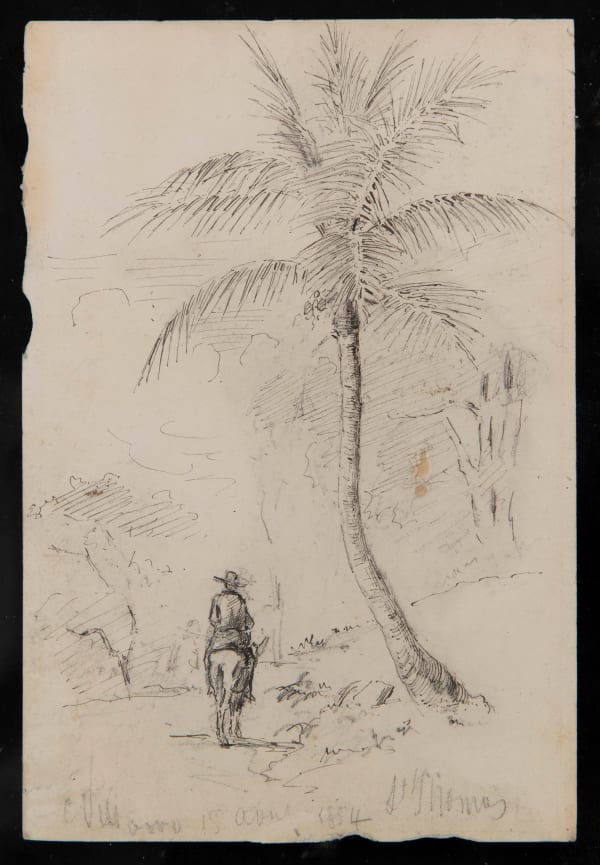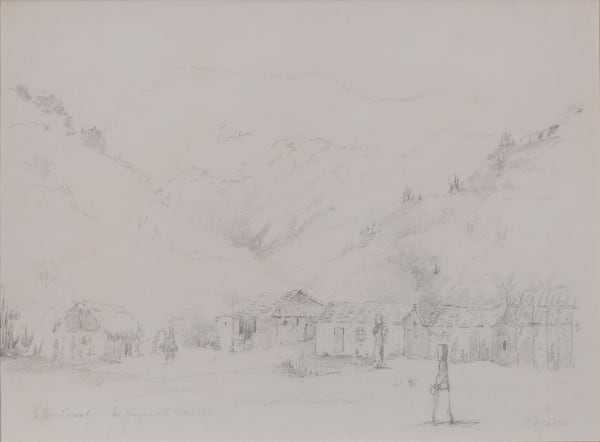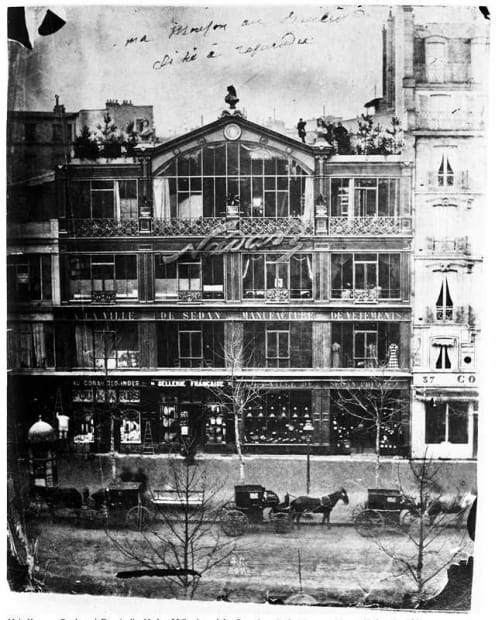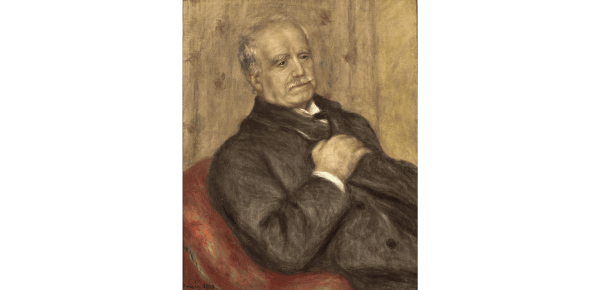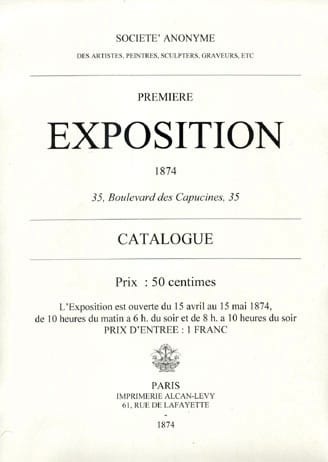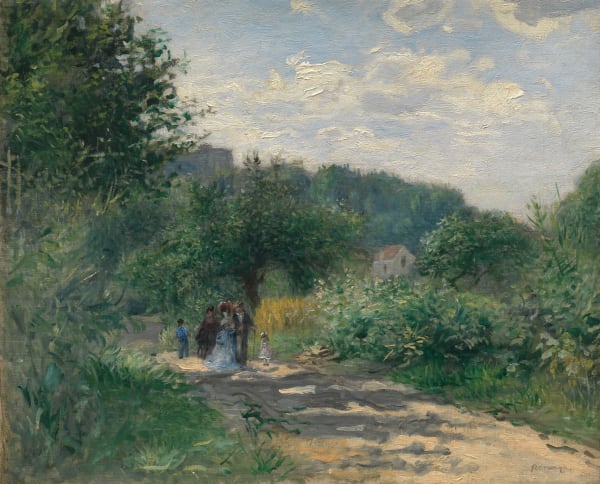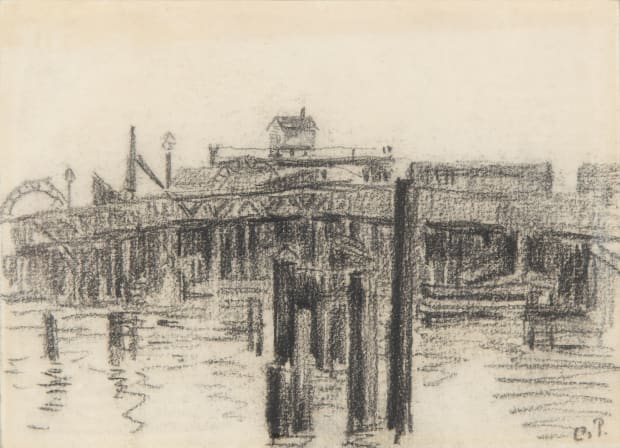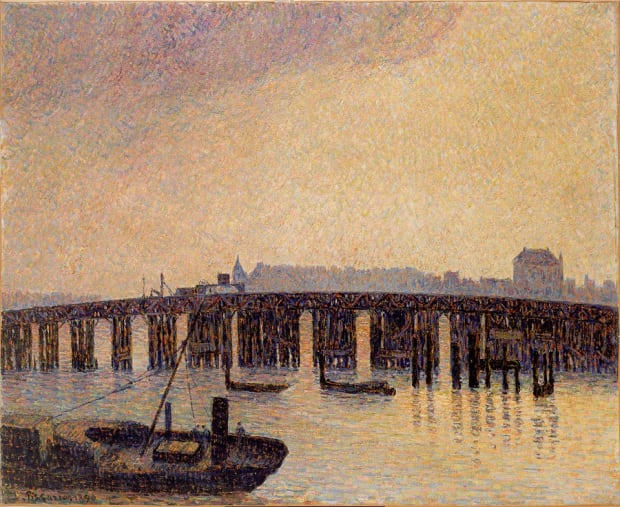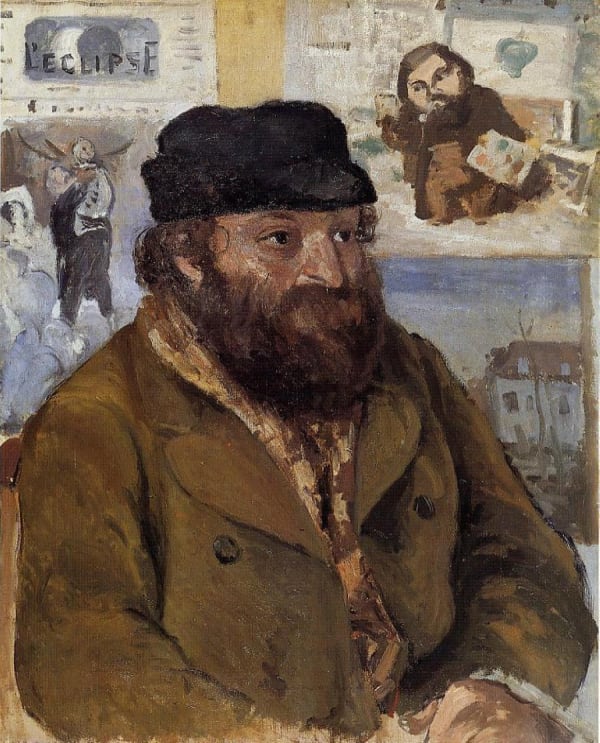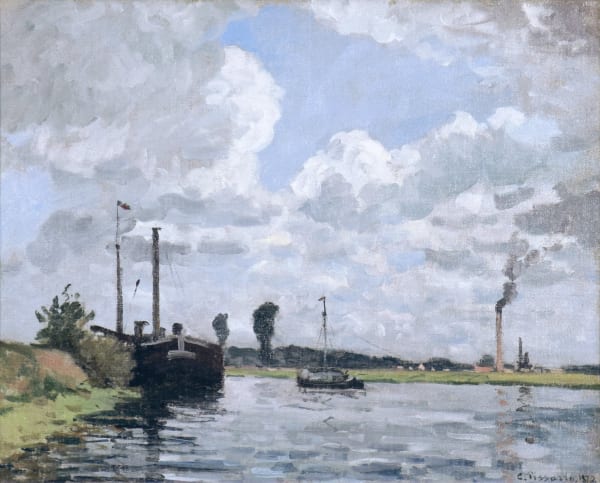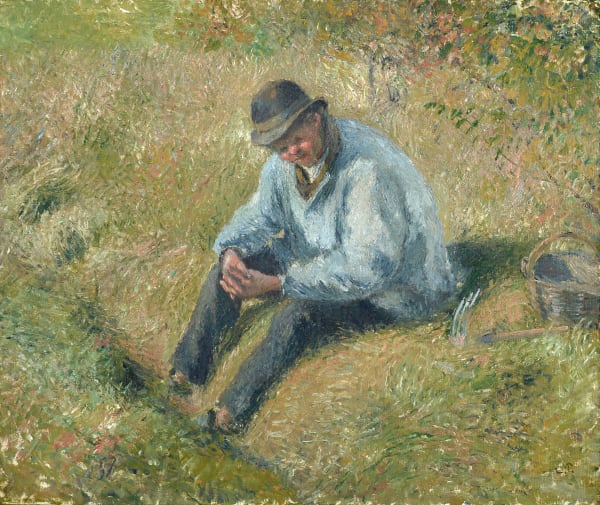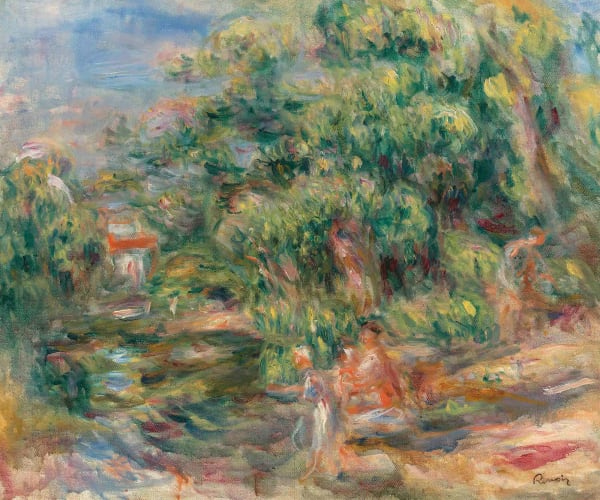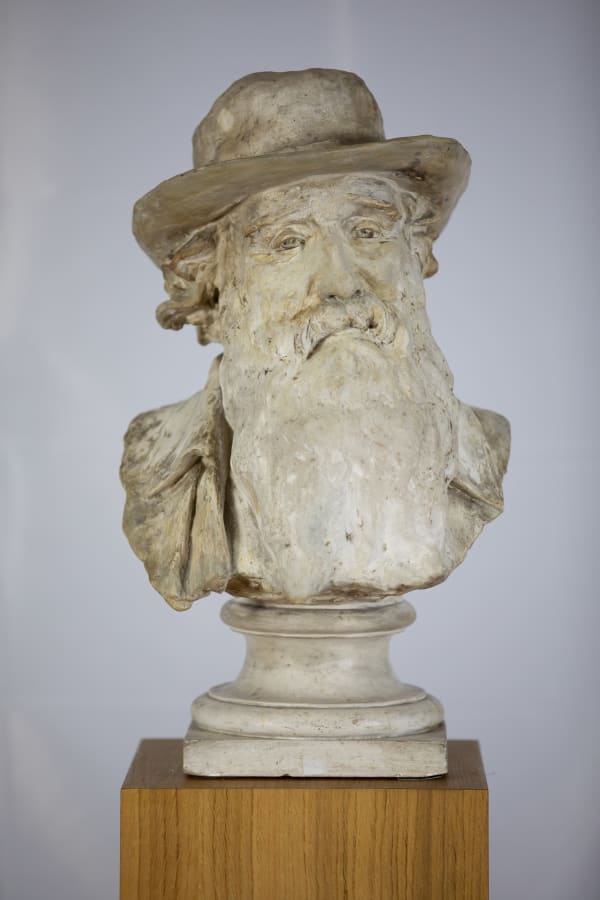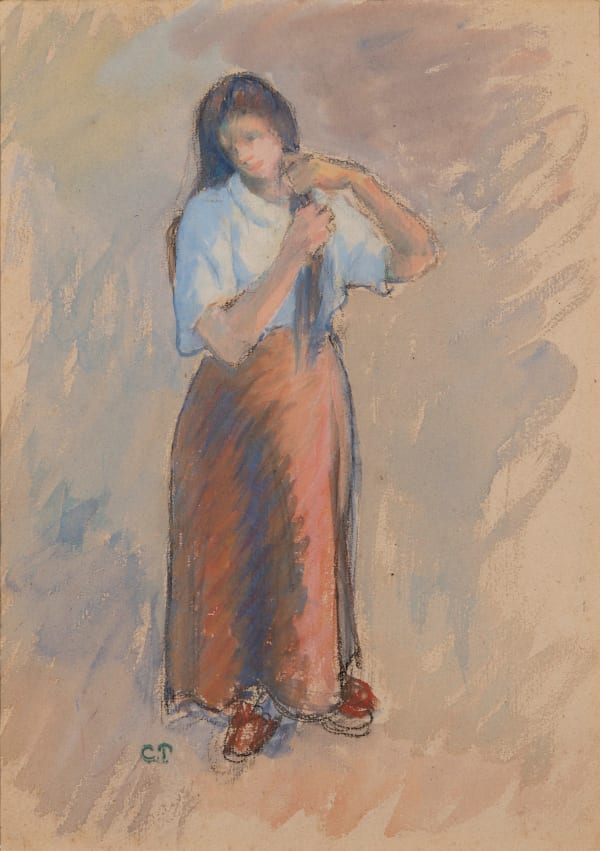-
Pierre-Auguste Renoir and Camille Pissarro are renowned as two of the fathers of Impressionism. This major exhibition will, through their art, examine their views on society, subject matter, practice and technique. By exploring what brings these artists together and drives them apart, celebrating their similarities and differences, this show delves into what has made Renoir and Pissarro epoch-defining figures.
-
-
Pissarro in St Thomas and Venezuela
-
-
“IN CONNECTION WITH THE CAILLEBOTTE COLLECTION AT THE LUXEMBOURG
WE CAN BE SATISFIED WITH THE QUALITY OF THE WORKS:RENOIR HAS HIS BAL AU MOULIN DE LA GALETTE,
WHICH IS A MASTERPIECE…”
Camille Pissarro in letter to his son Lucien Paris, March 10, 1897
-
Influences: growing apart
-
In between and after the Impressionist exhibitions in Paris, Renoir and Pissarro spent time elsewhere. They were motivated by both practical and artistic reasons: Paris was a costly city to live in on an artist's budget and they sought to expand their signature technique of painting 'en plein air' to environments with different light and colour.
Both artists spent time in the French countryside and coast. In each of these locations, they were in close exchange with different peers: Renoir and Monet worked together in Argenteuil, while Pissarro worked closely with Cezanne and Guillaumin in Pontoise.
Renoir, enabled by more successful sales, also had the chance to travel to Italy and Algeria, following Delacroix. These travels introduced new colours to Renoir’s repertoire, which shaped his palette for years to come.
-
-
Pissarro in Pontoise & surroundings
-
Returning to France, Pissarro resided in Pontoise from 1872-1884, where Guillaumin and Cezanne gathered around him. In continuous artistic exchange, these artists influenced each other’s work, with Pissarro helping Cezanne to develop his practice by encouraging him to brighten his palette.
Over the next few years, Pissarro lived and painted in different towns just outside Paris, including Eragny, Auvers-sur-Oise, and La Roche Guyon. He recorded their famous natural beauty and the changing effects of sunlight, but with special focus on observing civilisation from nature through peasant life and scenes of rural labour that often centralise the figure – as is the case of Pere Melon.
-
 Map showing Pissarro's viewpoint of the Le Havre port from the Hotel Continental
Map showing Pissarro's viewpoint of the Le Havre port from the Hotel Continental -
Works on offer
-
Towards the turn of the century, both Renoir and Pissarro had become very prominent figures in modern art, greatly respected and admired by both their contemporaries and emerging artists.
From the 1890s, Renoir spent ever more time in the French countryside and by the coast, shifting his focus away from Paris. In 1908, he relocated to his house Les Collettes, in Cagnes-sur-Mer, where he painted many of his late masterpieces. At his farmhouse and studio, he received visits from many who looked up to him as a source of inspiration, including Henri Matisse, Amadeo Modigliani, Pierre Bonnard, Maurice Denis, Albert Andre, and Louis Valtat. Revered as a figure to be studied, it is clear that Renoir saw his role as that of an imparter of knowledge with a consolidated position.
For Pissarro, the relationship to contemporaries and the younger generation was seen as more reciprocal. He was prepared to engage in continuous experimentation and take on the influences of those he engaged with, as evident in his adoption of the pointilist style after being introduced to its founders, Seurat and Signac, by his son Lucien in the 1880s. Of the works here on display, many are a testament to his neo-Impressionist connections and their impact. Route enneigée avec maison, environs d'Éragny is visibly influenced by Van Gogh, while Paysanne portant des seaux was dedicated to the Belgian pointilist Théo van Rysselberghe, who Pissarro calls a friend in the inscription.
-

-
works on offer
-

-

-
 Camille PissarroPaysanne dans le Choux, 1885Etching, drypoint and aquatint laid on paper11 1/2 x 9 1/4 in, 29.3 x 23.6 cmSigned in pencil and inscribed ‘Epreuve d’artiste’ and ‘no.4’Sold
Camille PissarroPaysanne dans le Choux, 1885Etching, drypoint and aquatint laid on paper11 1/2 x 9 1/4 in, 29.3 x 23.6 cmSigned in pencil and inscribed ‘Epreuve d’artiste’ and ‘no.4’Sold
Laid on paper with full margins
Second and final state
One of 8 impressions of this state pulled by the artist, from the edition of 14 stamped and numbered lifetime impressions
An additional 24 were printed posthumously
-
 Camille PissarroPaysanne portant des seaux, 1889Drypoint with aquatint in dark brown10 3/8 x 7 3/4 in, 26.3 x 19.7 cmSigned, numbered 'no. 6 ep d'art', titled and dedicated 'a l'ami Theo van Rysselberghe'Sold
Camille PissarroPaysanne portant des seaux, 1889Drypoint with aquatint in dark brown10 3/8 x 7 3/4 in, 26.3 x 19.7 cmSigned, numbered 'no. 6 ep d'art', titled and dedicated 'a l'ami Theo van Rysselberghe'Sold
Seventh (and final) state
One of 7 or 8 impressions of this state pulled by the artist, from the edition of c. 20-21 lifetime impressions
An additional 25 were printed posthumously
-
-
* Please note that all items marked with this symbol are subject to 5% import VAT





